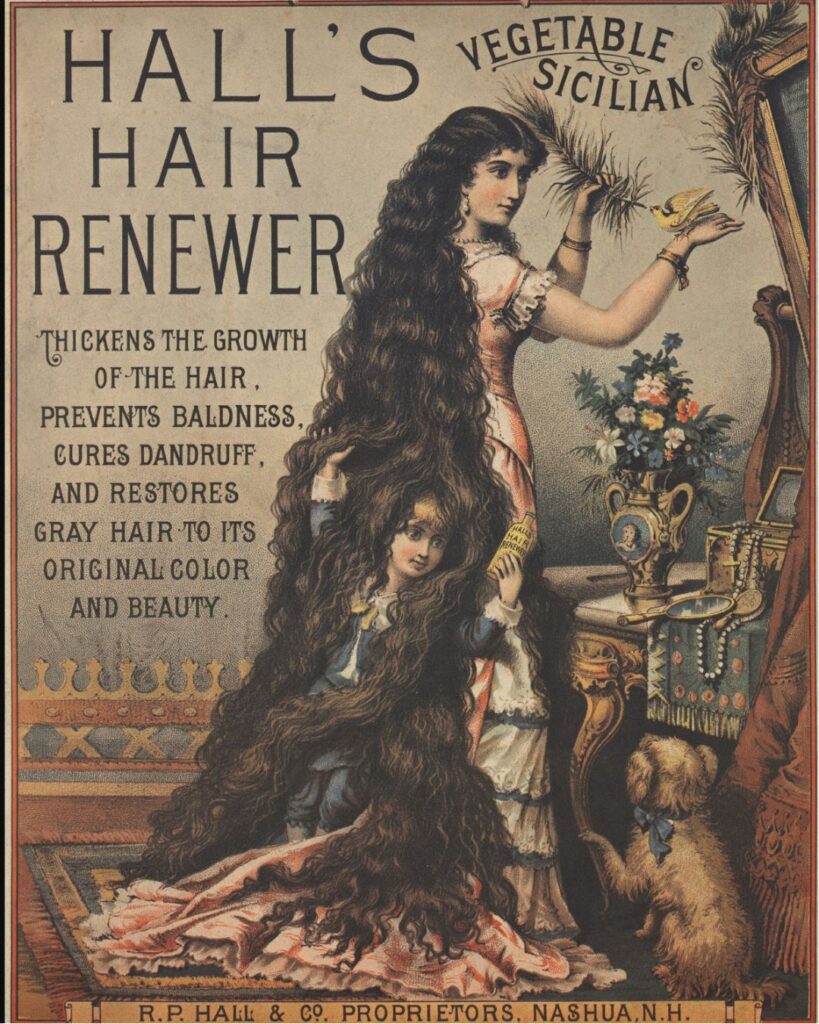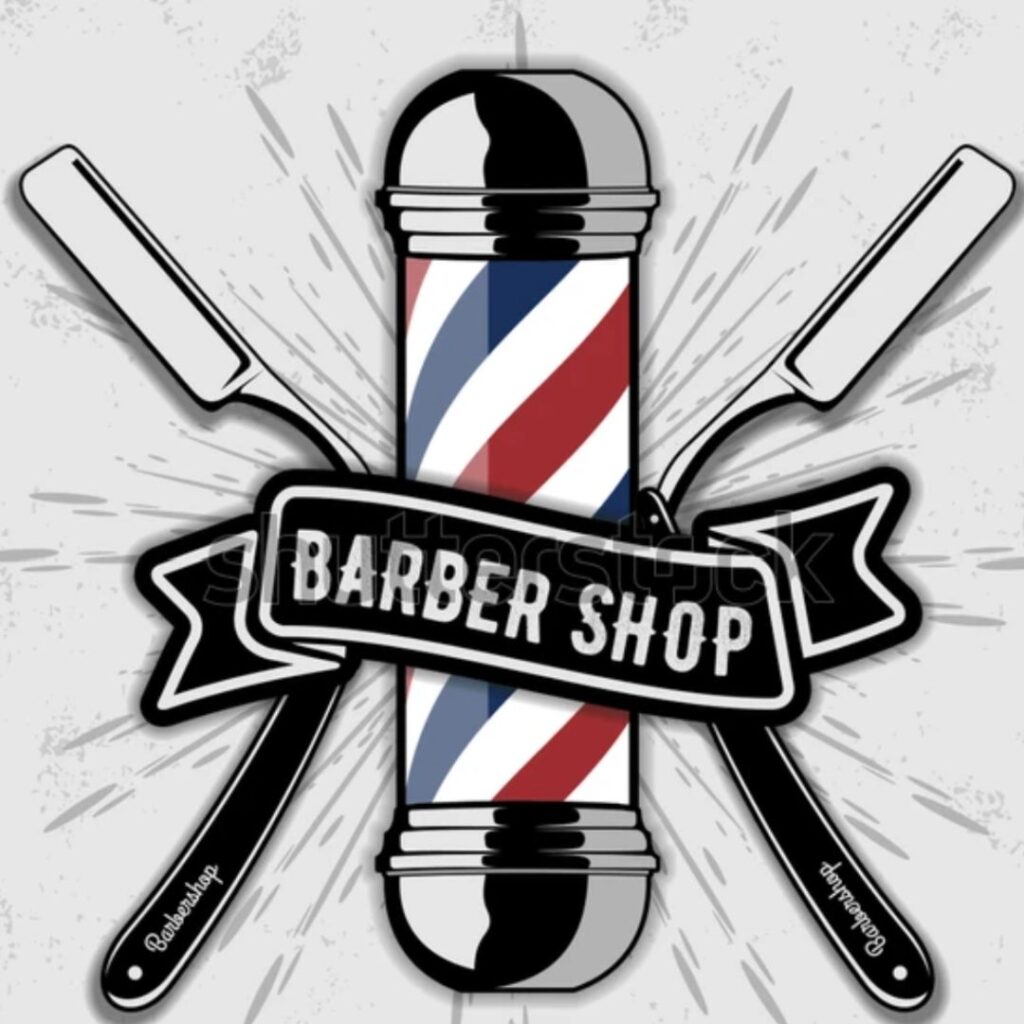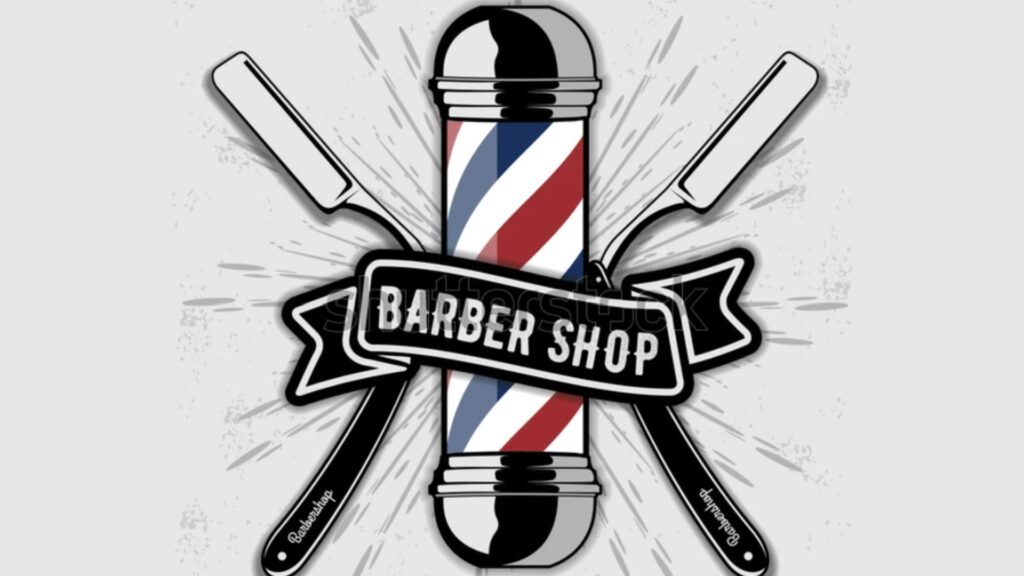Barbershops
By Bruce Bell, Toronto Historian

The first mention I could find of a barber shop in Toronto (then York) is 1802 when a Mr. Thomas Seaton Peacock announced that as soon as he could get away from his regimental duties by the end of the year, he meant to settle in York and open a Ladies and Gentlemen’s Hairdresser establishment.
The following year in 1803 a Mr. Rock opened a hairstyling and wig powering premises on Ontario Street.
His ads proclaimed, “Monsieur Rock direct from London will look after all your hair and wig needs”. By 1805 in a town of only 500 people we now had 4 barbers in time when a hairstylist was just as important as a butcher.
The following year in 1803 a Mr. Rock opened a hairstyling and wig powering premises on Ontario Street with ads proclaiming, “Monsieur Rock direct from London will look after all your hair and wig needs”. By 1805 in a town of only 500 people we now had 4 barbers in time when a hairstylist was just as important as a butcher.
In colonial times a hairstylist looked after men and women with no discrimination as both sexes would often drop off their wigs to be ‘fixed’.
In an era when diseases like rubella or yellow fever robbed most people of their hair, wigs were much a part of daily dress as pants or shawls. Our first mayor William Lyon Mackenzie (1834) for example, lost all his hair as a youth and often sported a bright red wig.
Up until the mid 18th century one would visit a barber shop for a haircut, blood-letting, tooth pulling or an arm amputation (or all 4) where patients (aka customers) would firmly grasp a staff making their veins pop, then the barber would make a cut letting the customer bleed until they passed out as it was believed blood letting was the cure to all of life’s ills.

After the ‘surgery’ barbers rinsed the bandages then hang them out to dry on a pole and as the strips of cloth began to flutter in the wind, they would curl around the pole in the twisting pattern that is similar to barber poles today.
Fortunately for us by time of the founding of York in 1793 barbers and surgeons were now well separate professions.
In those early days, men and women often shared the same hair parlor, as being separate wasn’t always practical but as the town grew and morality changed a distinct separation of the sexes began in earnest including separate entrances to hotels, banks, post offices and restaurants (some of these archaic laws lasted right up to the 1970s). As the colonial Town of York gave way to the City of Toronto the custom of men wearing wigs faded away and the rise of the ‘men only’ barber shops began to appear in the King and Yonge area.
In 1903 with the population of Toronto at almost a quarter million, the lavish King Edward Hotel opened on King Street.
The hotel’s early advertising stated “In all things which tend to the comfort and indulgence of the male guest, the hotel is magnificently equipped with the sumptuous dignity of an old baronial hall, while even in the barber shops the same note of luxury prevails.” This once magnificent barber shop then on the main level had onyx counters, plush leather chairs, shiny brass electric lights, and gilt-framed oil paintings.
Most women of means had maids to do their hair while the everyday women had to fend for themselves. There were women’s hair parlours in 19th century Toronto but even by the turn of the 20th century there still was a stigma attached to any woman who wore too much makeup and walked around in extravagant hairstyles.
However, after World War 1 and the 1918 Pandemic everything started to change.
The golden age of women’s beauty parlours was the 1920s when women started to cut off their long tresses and get their hair styled in all-the-rage short bob fashion. It was then that the French term ‘salon’ came into vogue, replacing the more folksy sounding ‘parlour’.
It was also in the 1920s Canadian born cosmetic queen Elizabeth Arden, who as a young girl worked at St Lawrence Market selling vegetables, introduced a more natural and therefore an “acceptable” make-up to go with this new hair style.
I think Monsieur Rock would have approved.
Noted Toronto historian, Bruce Bell specializes in in-depth private walking tours of Old Toronto.
Book a walking tour or seminar today! www.brucebelltours.ca | [email protected] | 647.393.8687
